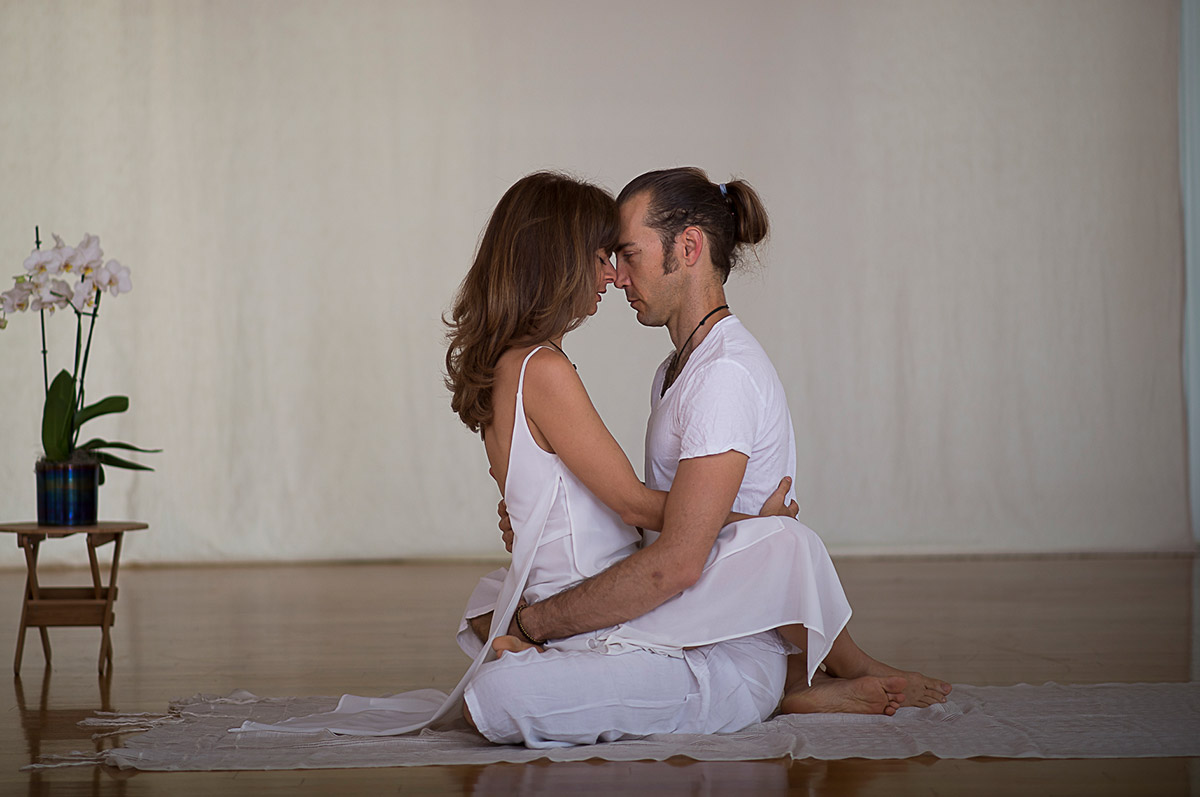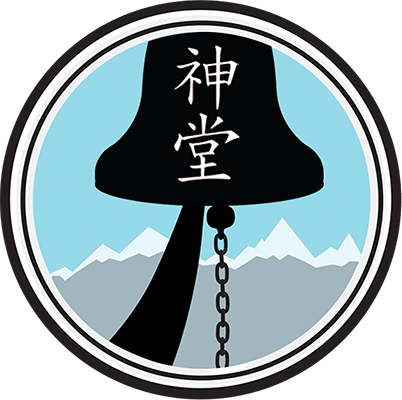Reorienting Sacred Sex for the Modern Age

When I was a young boy sensation was everything I knew about myself. To touch myself in a certain way caused an impossibly complicated reaction throughout my body. I loved the friction of clothing against my skin. I was hyper-aware of changes in temperature, humidity and air-pressure, and the smell of a crackling fireplace entranced me as much or even more than the flames which licked upward from the burning logs. Certain genres of music and many types of food were far more than I could bear. I was simply too sensitive to repeat these experiences. The warmth of direct sunlight titillated and then liquefied my body just as a cold wind could send a chill up my spine and cause me to shudder and run around in delight. As a child, new to the world and uninterested in how to pronounce the word, I was in ecstasy.
The above description is unique to my childhood but not at all unfamiliar to a child whose light has not yet been dimmed by the harshness of common culture. As adults, we all have the capacity to remember these moments of essential, primordial ecstasy.
As a teacher of Daoist arts, Yoga, movement and Sacred Sexuality these primal themes are the most fertile soil from which to derive authentic experiences in adult life. These memories harken back to the calm before the storm of the multitude of experiences that take place in an adolescent life which, by force and over time, shape him into a ‘responsible’ young adult. As anyone who has participated in counseling or therapy knows, a great number of the disturbances we must process to become emotionally healthy in adulthood come from these formative years.
Working in the field of Sacred Sexuality one must begin to have deep compassion with oneself. This compassion comes as a result of experiencing one’s longing for connection with a lover, but the longing for connection with the other is often the manifestation of a more profound longing to know oneself. When an adult embarks on the journey inward to know him or herself, one chooses a path. If the seeker is serious this path becomes sacred. Just as a child is mesmerized by the shadow cast by a tree in the wind, for an adult everything on the path becomes sacred.
Essential nature
The idea that everything is sacred is of fundamental importance in Sacred Sexuality. The Daoist internal alchemical and sexual arts as well as the, much misunderstood tradition of Tantra both testify to this truth. The Ancient Daoists sought techniques to come closer to their truest human nature. Human nature, they felt, was not inherently flawed, as is a common belief in many modern religious faiths. On the contrary, they felt that a human’s most pure energy (ie. intention, motivation and will power) came from that being’s true communion with nature. Their wisdom and longevity arose from the belief that the cultivation of this most essential and undiluted life force was the most effective way to live life well.
They also believed that as everything in existence is natural (that everything is sourced from the earth) everything also has a sacred essence. In our modern age it is often difficult to extend the concept of natural origin to such modern human inventions as wi-fi, toxic waste or processed foods. A modern Daoist would argue that while humans are from nature and therefore all our processes, products and beliefs must also be natural, the excessive decline of human contact with the natural world, evidenced in increased pollution, global warming and nuclear proliferation are just a few examples of proof that humanity is moving dangerously in the opposite direction from its destined communion with nature.
In the Tantric tradition there is the legend of Saraha. A tantric master, Saraha was born into a very high caste in India. He was a Buddhist monk and scholar, who, influenced greatly by Tantrism, renounced monastic life to become a wandering yogi. He then met an arrow-smith woman of a much lower caste, who helped him to realize the pure nature of awareness. He, himself became an arrow-smith. Living with this woman in the charnal grounds, he mocked the falsehoods and self-deceptions he saw in the contemporary religious practices of his era and taught that spiritual realization cannot result from renouncing the natural world. Tantric scholars credit Saraha with the themes of the “inborn/natural way” and the “piercing arrow of realization” that came from Tantric texts and sages after Saraha.
Harmonizing Opposites
In both Daoist and Tantric cosmologies humans represent an event in space and time where the divine polar energies of yin & yang and shaki & shiva meet and become one. Furthermore, both schools have as a profound aspect of their respective faiths the belief that sexual energy is a creative, healing and life affirming force that is not different or divisible from the energy that we use to drive a car or talk on the phone. Each of these traditions has a very long history with sutras, texts and accounts of sages, which act as supporting evidence of their validity and prove their value to the evolution of collective human awareness.
For centuries the modern world has been awash in confusing and misguided beliefs about the true genius and potential that is alive but dormant in the human mind, heart and spirit complex, and especially within the human body. Techniques of pleasure and ecstasy, the transmutation of life energy into spirit, esoteric and energetic healing techniques, and in short, human magic have for so long been held out of view of common culture. Historically, this was done by the detractors of these traditions- the lords, kings and later, governments who feared the political fallout of a self-empowered populace. The hatred and bigotry that arose as a result of the marginalization of these traditions caused their respective leaders to hide and keep their precious information secret for centuries.
Nowadays, through modern media, many of us have easy access to Tantra, and though it is less widely known, Daoist sexual practices. Modern culture, however, presents new challenges to the authentic dissemination of this information. One who is enthusiastic to learn techniques of mutual pleasure, self-mastery and energy cultivation must temper their enthusiasm with careful research about the aim of the workshop and the expertise of the teacher. It is an unfortunate truth than many who seek this valuable information end up in undesirable circumstances with people who have little or no practical experience. Moreover, it is a pity that sincere seekers are drawn toward Tantra and Sacred Sexuality, but often what they find in its place is little more than a glorified orgy. These kinds of experiences have the unfortunate and inevitable effect of leaving would be sacred sex practitioners feeling alone and unsupported in a potentially very vulnerable emotional and mental state.
A State of Grace
In its most breath-taking moments, Sacred Sexuality is an individual path through the world toward unification with ultimate reality, and the work of increasing selfawareness and expanding consciousness is by definition challenging. One who is diligent repeatedly meets and then breaks through her or his emotional and energetic barriers. One walks alone toward unity with the divine.
But this does not mean we are completely alone on the path. Part of what makes this work so appealing, fun and incredibly freeing is that in a safe and well maintained environment one feels supported by others who act as witnesses and friends on parallel paths. The deeper we go and the more we trust these friends act as guides and messengers from the beyond. They become indispensable gifts, who in turn appreciate our gifts as well and then our definition of “lover” takes on a whole new meaning.
In so many of its permutations Sacred Sexuality is a return to the innocence and freedom we experienced as children. This work is imbued with an understanding that healing can and must happen through the journey back to our essence. To arrive at our essential nature we allow our adult consciousness to pass into a childlike state of wonder and awe at the sensual, emotional and material world; not as a child but as an adult who has passed through the difficult, beautiful and important circumstances life brings. To come full-circle in this way is a definition of wisdom and those of us on this path would have it no other way.
